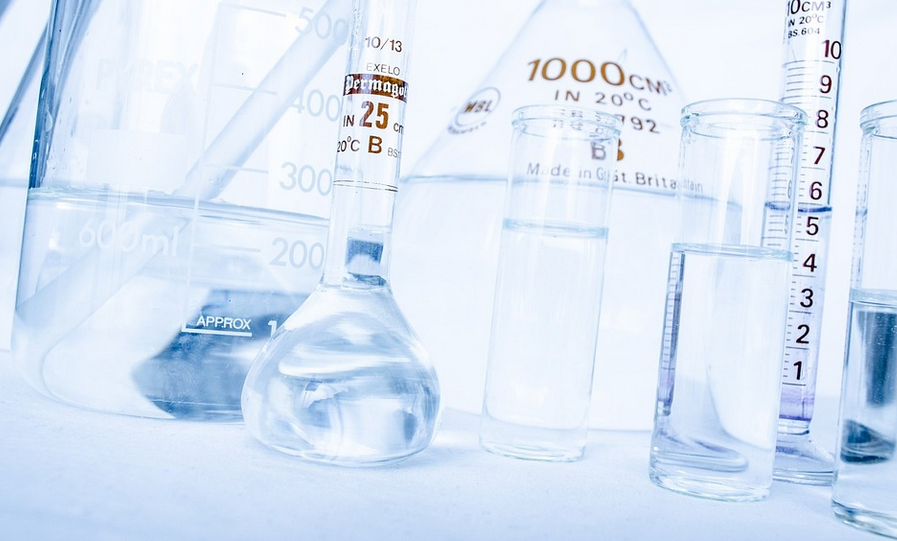Introduction
Countertops are an essential part of any kitchen or bathroom, and they take a lot of wear and tear over time. That’s why it’s important to choose the right material and finish to ensure longevity and durability. One of the most popular options in recent years is water-based acrylic paint. In this article, we’ll explore the benefits and drawbacks of using this type of paint for your countertops.
Benefits of Water-Based Acrylic Paint
One of the primary benefits of using water-based acrylic paint is its eco-friendliness. Unlike oil-based paints, water-based acrylic paints are low in volatile organic compounds (VOCs), which means they emit lower levels of harmful toxins into the air. Additionally, water-based acrylic paint dries faster and is easier to clean up with soap and water. Another advantage of using water-based acrylic paint for countertops is its versatility. It can be used on various surfaces, including wood, metal, and plastic, and it comes in a wide range of colors and finishes. This makes it an excellent choice for those looking to update their kitchen or bathroom on a budget.
Drawbacks of Water-Based Acrylic Paint
While there are many benefits to using water-based acrylic paint, there are also some drawbacks to consider. First, it may not be as durable as other finishes, such as granite or quartz. Over time, water-based acrylic paint may start to chip or peel, especially in high-traffic areas like the kitchen. Additionally, water-based acrylic paint may require more coats than other finishes to achieve the desired look. This can add to the cost and time required for the project. Finally, while it’s easy to clean up with soap and water, water-based acrylic paint may not hold up as well against harsh chemicals and cleaners.
How to Apply Water-Based Acrylic Paint
If you decide to use water-based acrylic paint for your countertops, there are a few steps to follow. First, clean and sand the surface to ensure it’s smooth and free of debris. Then, apply a primer to help the paint adhere better. Once the primer is dry, apply the water-based acrylic paint in thin, even coats, allowing each coat to dry before applying the next. Finally, seal the paint with a clear coat to protect it from wear and tear.
Conclusion
Water-based acrylic paint is an excellent choice for those looking to update their countertops on a budget. It’s eco-friendly, versatile, and easy to apply. However, it may not be as durable as other finishes, and it may require more coats to achieve the desired look. If you’re considering using water-based acrylic paint for your countertops, be sure to weigh the pros and cons carefully and follow the proper application process for the best results.

